Stamped concrete in hot weather is a major concern for homeowners and contractors, especially in regions like Saudi Arabia where summer temperatures soar.
Extreme heat can impact the curing process, durability, and even the appearance of stamped concrete. If not managed properly, the surface can crack, discolor, or weaken. This blog will explore best practices, installation tips, and long-term care strategies to ensure stamped concrete lasts in hot climates.
How Does Hot Weather Affect Stamped Concrete in Saudi Arabia?
High temperatures dramatically affect concrete curing in hot weather. The surface can set too quickly, leading to uneven finishes or weak bonding between layers. Rapid evaporation of water also makes the surface prone to cracking, scaling, or discoloration.
Another challenge is maintaining consistent hydration, which is critical for strong concrete. Without proper temperature control for stamped concrete, the final surface may not achieve the desired durability. In climates like Saudi Arabia, managing heat during installation is essential to prevent long-term issues.
What Are the Best Practices for Installing Stamped Concrete in Hot Weather?
Proper installation ensures stamped concrete withstands heat and remains visually appealing. Contractors should plan their work schedule strategically. Pouring concrete early in the morning or late in the evening helps avoid peak sun intensity.
Stamped concrete installation tips include using retarders or curing compounds to slow down hydration. This keeps the surface workable longer and reduces the risk of premature setting.
Additionally, creating shade with temporary canopies or using misting systems can regulate surface temperature. These small adjustments improve the quality and durability of stamped concrete in hot weather, ensuring a smooth finish.
How Can You Prevent Damage to Stamped Concrete in Extreme Heat?
Preventing damage requires proactive protection during and after installation. Direct sunlight can overheat the surface, causing cracks and fading. Using curing blankets, reflective tarps, or misting sprays can shield concrete from extreme conditions.
Heat-resistant concrete sealing plays a vital role in maintaining surface integrity. A good sealer acts as a protective barrier against UV rays, moisture loss, and surface damage. Protecting concrete from UV damage is particularly important in hot climates where sun exposure is constant.
When properly sealed, durable stamped concrete surfaces remain attractive and strong despite harsh conditions.
Common Mistakes to Avoid When Choosing or Installing Stamped Concrete Patios
While stamped concrete patios are a fantastic investment, homeowners sometimes make choices that lead to poor results. Knowing these common mistakes can help you avoid costly errors and ensure your patio lasts for years.
- Choosing Style Over Functionality
Many people focus only on the look of the stamped concrete without considering how they’ll use the patio. For example, choosing a very textured pattern might look beautiful but can be uncomfortable for walking barefoot or moving outdoor furniture. Always balance aesthetics with practicality. - Skipping Professional Installation
DIY stamped concrete kits may seem tempting, but improper installation can lead to cracks, uneven surfaces, or color fading. Stamped concrete requires skill and experience, especially during the stamping process. Hiring professionals ensures durability and a high-quality finish. - Ignoring Climate Considerations
Not all stamped concrete finishes are suitable for every climate. In areas with extreme cold or heavy rainfall, choosing the wrong sealer or finish can cause damage. Always ask your contractor about weather-resistant options that suit your local climate. - Not Preparing the Base Properly
A strong patio starts with a solid foundation. If the ground isn’t leveled or compacted correctly, the concrete may settle unevenly or crack over time. Preparation is just as important as the stamping itself. - Neglecting Sealing and Maintenance
Stamped concrete must be sealed to protect against stains, fading, and water damage. Some homeowners skip sealing or delay resealing, which reduces the patio’s lifespan. Regular sealing every few years is essential for long-lasting beauty. - Choosing the Wrong Color
Picking a trendy color without considering the overall look of your home can backfire. Unlike furniture, stamped concrete isn’t easy to change once installed. Go for timeless colors that complement your house exterior and landscape.
Avoiding these mistakes can save money, reduce stress, and give you a patio that looks stunning and functions perfectly for many years.
Does Stamped Concrete Get Too Hot in the Sun? How to Manage Heat?
Yes, stamped concrete can become uncomfortably hot when exposed to direct sunlight. In Saudi Arabia’s climate, this can make patios or walkways difficult to use during peak hours.
To manage heat absorption, lighter-colored sealers or reflective coatings are effective. These reduce surface temperature and make walking barefoot more comfortable. Shade structures such as pergolas, umbrellas, or even outdoor rugs also help maintain usability.
How to Care for Stamped Concrete in Extreme Hot Weather?
Ongoing care ensures stamped concrete surfaces remain strong and attractive. Regular cleaning prevents dirt buildup that can cause fading. Since these are easy-to-clean surfaces, a broom, water, and mild detergent usually suffice.
Summer care for stamped concrete also involves resealing every 2–3 years. This step prevents UV damage and helps maintain color vibrancy. During peak heat, limiting heavy traffic on the surface reduces stress and prevents cracking.
Moisture management is equally crucial. Keeping the surface hydrated during curing prevents it from drying too quickly and ensures stronger bonding.
What Are the Long-Term Effects of Hot Weather on Stamped Concrete?
Over time, prolonged exposure to extreme heat can compromise concrete strength. Without proper protection, surfaces may experience fading, cracking, and reduced durability. UV rays break down sealers, leaving stamped concrete vulnerable to weathering.
Hot weather concrete maintenance becomes critical to minimize these effects. Neglecting resealing or protective measures may lead to costly repairs or even patio resurfacing. In severe cases, resurfacing might be the only solution to restore appearance and performance.
Investing in UV-resistant products and consistent upkeep significantly reduces long-term damage risks.
How Can You Extend the Life of Stamped Concrete in Hot Climates?
With proper care, stamped concrete can last decades even in extreme weather. Preventing concrete cracking in heat requires consistent resealing with UV-resistant products. This protects against discoloration and surface wear.
Cooling techniques for stamped patios, such as adding shade or misting systems, also help maintain comfort and reduce heat stress on the surface. Controlling foot traffic during peak heat minimizes the risk of surface stress and damage.
Durable stamped concrete surfaces rely heavily on moisture management during curing. Keeping the surface hydrated while avoiding water pooling ensures longevity and strength.
Wrapping Up: Ensuring the Longevity of Stamped Concrete in Hot Weather
Stamped concrete in hot weather presents unique challenges, especially in regions like Saudi Arabia. High temperatures can speed up curing, increase cracking risks, and fade the surface. With proper temperature control during installation, protective sealing, and ongoing maintenance, these issues can be managed effectively.
Summer care for stamped concrete, including resealing and hydration, ensures long-lasting performance. By combining smart installation practices with regular upkeep, homeowners can enjoy durable and attractive stamped patios even under extreme heat.
Consulting professionals for installation and maintenance guarantees the best results, protecting your investment for years to come.

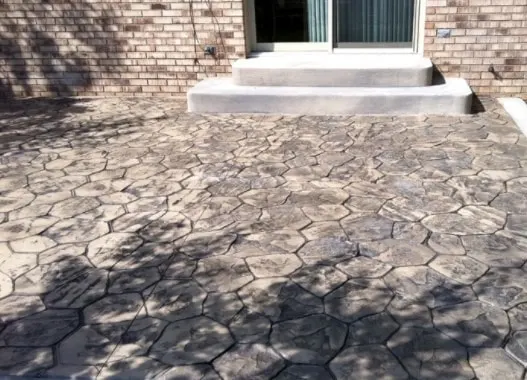
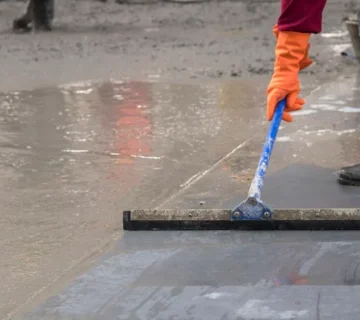
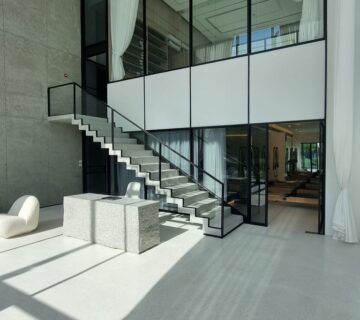
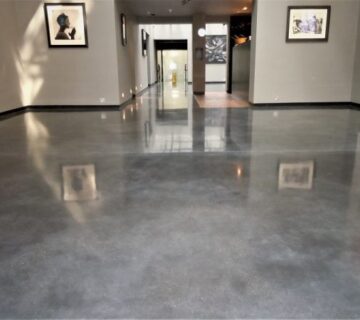
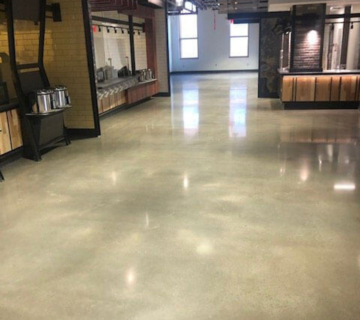
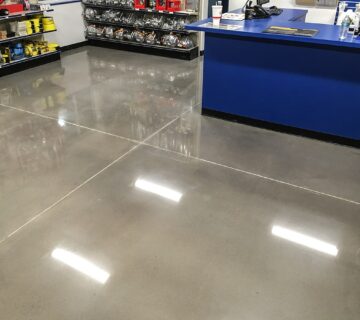
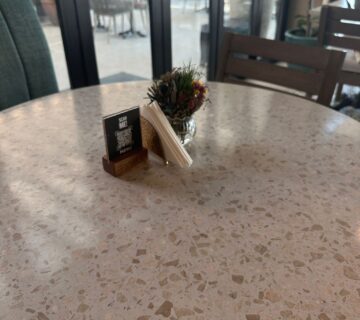
No comment